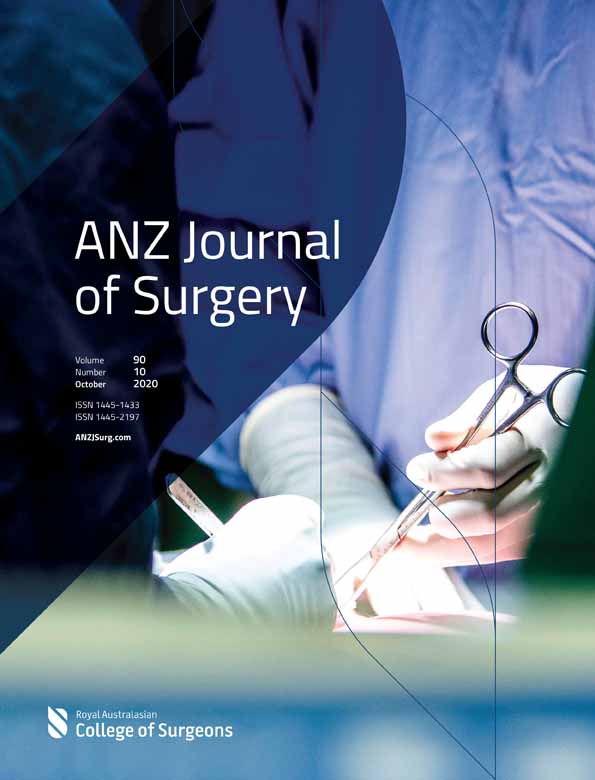Predicting survival in non-functional pancreatic neuroendocrine tumours
Qing-Quan Tan and Xing Wang contributed equally to this study and both are considered as first authors.
Abstract
Background
Owing to the limited prevalence and heterogeneity, it is difficult to predict long-term survival of non-functional pancreatic neuroendocrine tumours (NF-PNETs).This study aimed to evaluate the factors predicting disease-specific survival (DSS) for well-differentiated NF-PNETs.
Methods
Data were collected retrospectively from 256 patients with pancreatic neuroendocrine tumours who underwent surgical resection between January 2009 and December at our institution. Of these, 103 NF-PNETs (40%) were identified for analysis.
Results
Of the 103 patients, 54 were male (52%) and the mean age was 52 years (range 21–75 years). Most patients (60/103, 58%) in our series were symptomatic. Seventeen patients (16%) died during follow-up, with a median period of 47 months. There were 88 patients with well-differentiated tumours and 10 of them (10/88, 11%) died of tumour progression. Median DSS after primary resection was 58.8 months (range 16–122 months). Multivariate analysis identified age >52 years (P = 0.038) and tumour grade G2 (P = 0.001) as statistically significant predictors of DSS. There was no association between gender, tumour size, symptoms, surgical procedure, severe complications, tumour location, tumour size, resection margin, positive lymph nodes and vascular invasion with DSS.
Conclusion
Tumour grade, age, presence of symptoms and distant metastasis were related to poor DSS of NF-PNETs. Age >52 years and tumour grade G2 might be independent predictors of poor DSS for patients with well-differentiated NF-PNETs.
Conflicts of interest
None declared.




